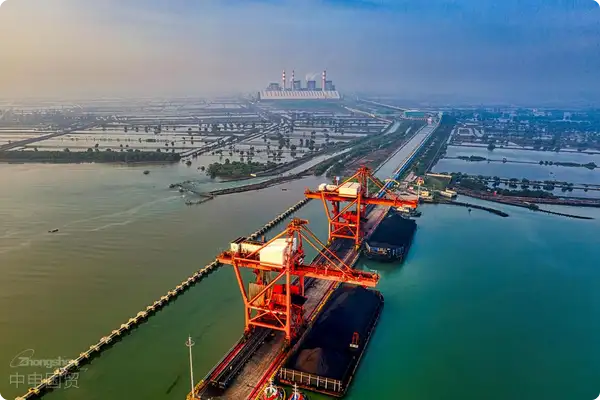- Shanghai Zhongshen International Trade Co., Ltd. - Two decades of trade agency expertise.
- Service Hotline: 139 1787 2118

Contents
ToggleNewEquipment ImportsFour Core Challenges
Under the backdrop of the 2025 customs supervision system upgrade, the import of industrial equipment has exhibited new operational characteristics. According to the latest data from the General Administration of Customs, the error rate in import declarations for machinery and equipment categories has decreased by 12% compared to the previous year. However, precision equipment with a value exceeding 5 million yuan still faces a 23% risk of port congestion.
Comprehensive Analysis of Key Operational Points Throughout the Process
Phase 1: Preliminary qualification review
- Equipment Classification Pre-confirmation (recommended to be completed 90 days in advance)
- List of Materials Required for Import License Application:
- It is recommended to verify through the following methods:Books (requires certification by the chamber of commerce)
- Technical parameter manuals (Chinese-English bilingual version)
- Safety Certification Documents (CE/FCC, etc.)
Phase Two: Transportation Plan Development
- Special packaging requirements for precision equipment (shock resistance level ≥ G40)
- Risk Assessment of Transportation Routes (Avoiding Politically Unstable Regions)
- Special Agreement of Insurance Clauses (Including Coverage for Loading and Unloading Process)
Key Risk Prevention Strategies
A certain automobile manufacturing enterprise experienced a 17-day customs clearance delay in 2024 due to an incorrect HS code classification when importing laser welding equipment, resulting in additional storage costs of 280,000 yuan. This case highlights three key risk prevention points:
- Accuracy Control in Technical Parameter Translation
- Dynamic Tracking of Tariff Reduction Policies (Import Duty Rates for High-End Manufacturing Equipment Expected to Drop by 3-5% in 2025)
- Pre-communication Mechanism for Destination Inspection and Quarantine
Professional Agency Service Evaluation System
Four essential capabilities of a high-quality agency:
- Customs AEO Advanced Certification qualification
- Industry Case Database (It is recommended to request access to operation records of similar equipment)
- Emergency response time (ideal standard: 2-hour feedback solution)
- Transparent cost breakdown (including a 10% contingency reserve)
2025 policy outlook impact
According to the latest announcement from the Customs Tariff Commission of the State Council, the following key adjustments will be implemented in 2025:
- The VAT refund-upon-collection ratio for imported intelligent inspection equipment has been raised to 70%.
- The age limit for importing second-hand equipment has been reduced from 8 years to 5 years.
- The electronic submission rate of application materials must reach over 95%.
A certainMedical EquipmentImporters achieved a 40% improvement in customs clearance efficiency in the fourth quarter of 2024 by proactively setting up electronic declaration system interfaces. This suggests that enterprises should focus on:
- In-depth Application of the Single Window System for Customs
- Optimization of the Pre-classification Ruling Application Process
- Destination Inspection Appointment Mechanism
Related Recommendations
? 2025. All Rights Reserved. Shanghai ICP No. 2023007705-2  PSB Record: Shanghai No.31011502009912
PSB Record: Shanghai No.31011502009912










